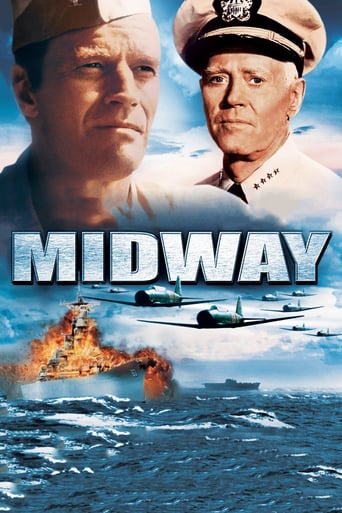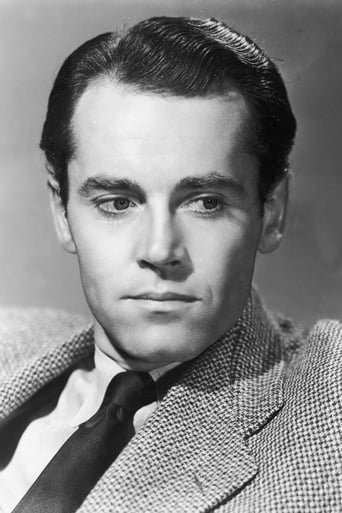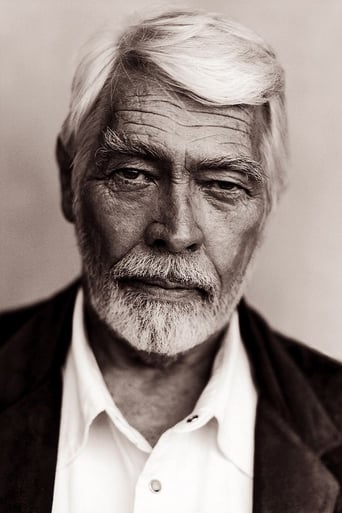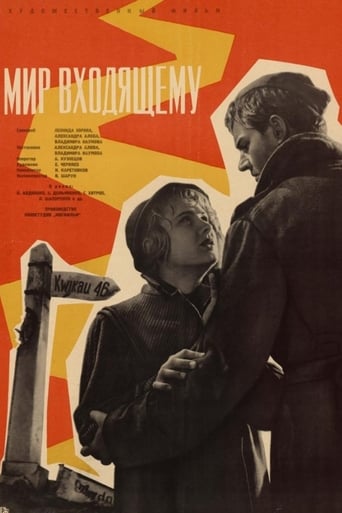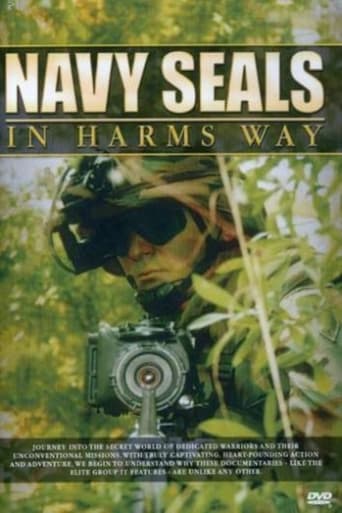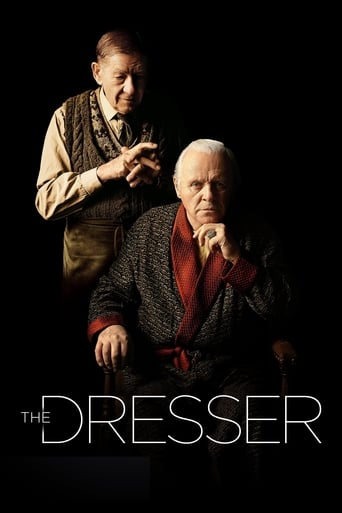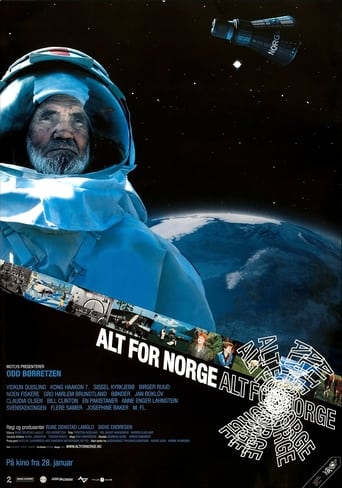Midway (1976)
This war drama depicts the U.S. and Japanese forces in the naval Battle of Midway, which became a turning point for Americans during World War II.
Watch Trailer
Cast
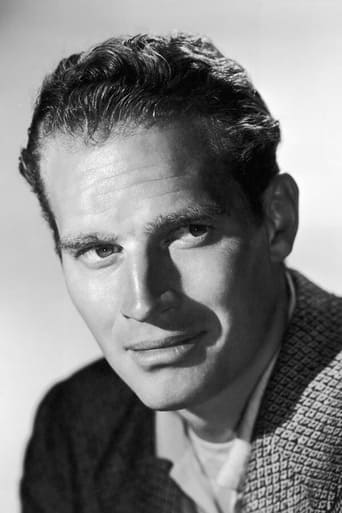


Similar titles
Reviews
I love this movie so much
Memorable, crazy movie
Good story, Not enough for a whole film
The first must-see film of the year.
I tend to lose patience with reviews of movies like this and 'Battle of the Bulge' where equipment used or depicted isn't historically authentic. Back in the day, you used what was available or you blew your budget out of the water. After 'Tora! Tora! Tora! didn't do so well at the box office, I'm sure the bean counters became leery of that idea. (A full-scale mock-up of the 'Nagato'?) Still, it might be high time to take this one back into the studio, have the CDI folks massage the offending sequences, replace the F4Us and F6Fs and what-have-yous with the proper types of aircraft and ships for the time and situation, and re-release it, even if it goes directly to cable TV.I'm pretty satisfied with most of the film. They did a good job of staying historically accurate given the time constraints involved. Two key items that were glossed over were the interception of both Japanese strikes against 'Yorktown' by that ship's defending fighters (out of Koboyashi's eighteen dive bombers, ten were shot down by fighters and one by flak before they released. The seven remaining dive bombers scored three hits. Three of the escorting Zeros were also shot down.) and the submarine attack that finished off 'Yorktown'. The effort to save 'Yorktown' after Tomonaga's torpedo bomber attack would have been another movie in itself.The part I was most dis-satisfied with was the sequence dealing with the launch of the 108-plane Japanese initial strike on Midway which started the battle. Poorly executed, in my opinion, compared to the same sequence in 'Tora! Tora! Tora!'.This is one where you want to watch the movie, then read a good book about the battle. I recommend 'Incredible Victory' by Walter Lord.
I've loved this movie ever since my Dad brought me to see it at a theater in 1976 (when I was nine)!This movie is literally a 'who's-who' of great American and Japanese stars and super-stars, such as Charlton Heston; Henry Fonda; James Coburn; Hal Holbrook; Glenn Ford; Toshiro Mifune; Pat Morita; Robert Mitchum; Cliff Robertson; Robert Webber; Robert Wagner; James Shigeta; John Fujioka; Robert Ito...and, many more.I love this movie, and, I love how actual World War 2 footage is inserted into the film to add to the scenes. Yes, ha-ha!:D Sometimes, a certain type of plane is shown, and, in the next scene, it suddenly becomes another type of plane; but, who cares, the movie is great! The black-and-white scenes at the beginning of the movie are from "Thirty Seconds Over Tokyo" (1944) with Spencer Tracy, Van Johnson, and, Robert Mitchum (also in this movie). And...of course, a love story (a controversial love story for this period) is fitted into the movie, as in almost every other war movie ever made.A lot of people 'bash' this movie, but, I happen to love it; and, any and every library and collection of war movies isn't complete without this! :)
The film starts with the Doolittle raid in April 1942. Then it follows both sides as the Japanese plan the Midway raid while the Americans try to decipher their plans and then plan to surprise them. It culminates in the Battle of Midway on June 4-7.This is the dying breathe of the old Hollywood war epic. It reused many stock footage from the war and from other war movies like "Tora! Tora! Tora!". I saw the theatrical version. I don't like the inclusion of the Japanese-American love story which feels like a politically correct addition. It needs to concentrate simply on the Midway battle. The acting power is filled with great old warhorses. The war action is pretty good mixing in the various difference styles of footage. The use of real footage is very effective. I especially like the prominence of the Japanese side of the battle. It helps enlighten the battle. There are a few minor disputes on accuracies. In general, this is a simple straight forward war movie without much nuances.
The traditional war film went into something of a decline in the 1970s, and "Midway" is one of the few examples from the second half of the decade. It features an impressive line-up of top Hollywood stars, including Charlton Heston, Henry Fonda, Glenn Ford and Hal Holbrook. Some other big names, including Robert Mitchum, Cliff Robertson, Robert Wagner and James Coburn, all appear in relatively minor roles. The well- known Japanese actor, Toshiro Mifune, plays Admiral Yamamoto, although his lines had to be dubbed into English; most of the other Japanese roles are played by Japanese-Americans such as James Shigeta and Pat Morita. Most of the big-name stars play real-life individuals; Fonda and Ford, for example, play the American commanders Chester W. Nimitz and Raymond A. Spruance. The main exception is Heston who plays the fictitious Major Matt Garth, a naval pilot who takes part in the battle. The film is mostly a factual account of the battle itself, but it also involves a fictional sub-plot. Garth's son Tom, like his father a naval pilot, has fallen in love with a Japanese-American girl who has been interned along with the rest of her family. The film has one or two flaws. The romantic subplot struck me as unnecessary and was not well integrated with the rest of the film. There was on over-reliance on stock footage in the combat scenes. Trying to recreate these events might have been expensive, but the old newsreel shots have a very different look to the rest of the film and tend to stand out like the proverbial sore thumb. The film-makers have also been criticised for using one ship, the USS Lexington, to represent all the carriers involved in the battle, whether American or Japanese, but in this instance they really had no alternative. All the Japanese carriers involved are now at the bottom of the Pacific, and it would not have been feasible to try and construct replicas. (James Cameron might have tried, however, had he been acting as director). As I said, this is a fairly traditional war film, but in one respect (apart from the use of colour) it clearly reflects the fact that it was made in 1976 rather than, say, 1946 or 1956. A film about the Battle of Midway made just after the war, and certainly one made during the war itself, would have been made with a much more propagandist agenda in mind, emphasising the moral superiority of the Allied cause and probably depicting the Japanese as bloodthirsty warmongers. There was none of this in this film; the battle is simply shown as the clash of two navies, not the clash of two ideologies, and certainly not as the clash of good and evil. There is no suggestion that the Japanese commanders are any less honourable than their American counterparts. Perhaps the trauma of Vietnam had made Americans less confident of their own moral superiority in foreign affairs than they had been previously.The standards of acting are fairly high, but as is often the case with ensemble casts of this nature there is no one outstanding contribution. Anyone familiar with World War II will of course know how the battle ended, but for anyone else director Jack Smight is able to conjure up a fair degree of excitement. Rather oddly, this is generated not just by the battle-scenes themselves, which are nothing particularly special, but also by the tense game of cat-and-mouse show in the earlier scenes as both sides try to work out their tactics without being 100% aware of the strength and location of the enemy forces. At the end we are left realising just how big a part luck played in the American victory at a time when defeat could have led to the war taking a very different course. 7/10

